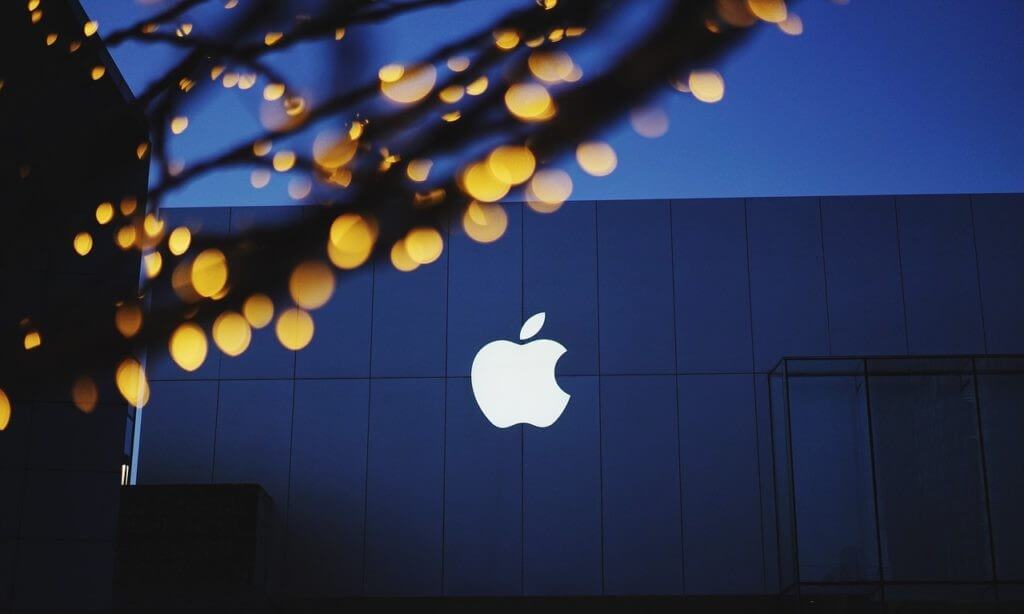The iconic Apple has been growing exponentially during the last decade, and it is great to see a stable economy and system, but what about sustainability?
The game of going green is not simple, but for those big companies, sustainability represents a complete challenge. It all started in 2012 when the company disposed of over 4.8 million pounds of waste. Things would be a lot different if it were about money, but they were all concerned since this number represented the pounds of electronic waste.
In 2016 Apple joined RE100, a global project that supports companies to shift entirely into renewable energy, and after two years, all its locations started running on 100 percent renewable energy.
- It is worrying to see these numbers coming from a company that produces up to a billion devices every year. Apple was not going to produce fewer devices, but at least, it was time to started looking for new eco-friendly ideas.
- Aiming to create a 100 percent closed-loop supply chain, Apple started manufacturing 100 percent recycled aluminum enclosures for the MacBook and the Mac mini.
- In 2016, Apple introduced Liam, the first robot that dissembled the iPhone into core components that are used in the manufacturing of new equipment. Two years later, Daisy improved its predecessor performance by being capable of dismantling 200 iPhones per hour.
The recovery of raw materials is crucial in terms of sustainability. Recycling raw materials immediately reduces erosion, soil, water contamination, and many other environmental problems by mining activities for obtaining raw materials. We buy and sell used apple equipment at prices that often surprise clients; contact us and get a free quote for your equipment.

